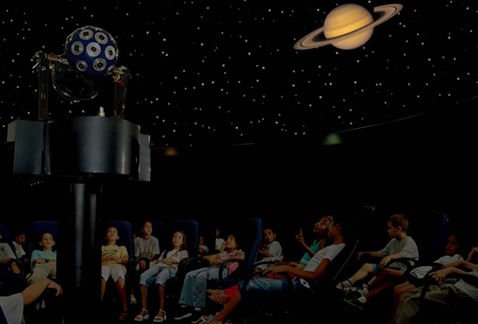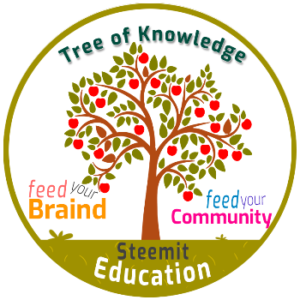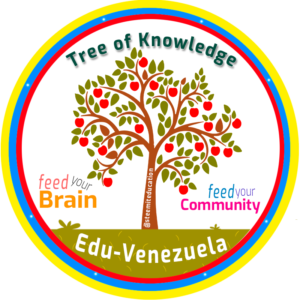Exploring the universe: The planets. [Children activities]
The planets in conjunction with the sun, the moon and the other celestial bodies make up the solar system. And each one is important for the functioning of the other. The universe is a mystery that is still being explored by many scientists to discover how it works and how it would affect or benefit the earth.

The rocky and gaseous planets.
Each planet has its own characteristics in sizes, composition and colors. The four planets closest to the sun Mercury, Venus, Earth and Mars are called interior or rocky due to their composition of minerals or rocks, in addition to having a metal core mostly made of iron. The other four planets, Jupiter, Saturn, Uranus and Neptune are called gaseous, or external, since they are composed mainly of gases such as hydrogen and helium, they are also larger than rocky ones. Earth is the only rocky planet that has an active hydrosphere, that is, water above and below the surface.
The planets.
- Mercury: Is the smallest planet and close to the sun. The Roman Gods named him "messenger of the gods" when he realized that he was moving faster than the other planets. It goes around the sun in approximately 87 days and on its axis in 58 days, and has no natural satellite or atmosphere.
- Venus: It has a size similar to that of the earth, it has a slow retrograde rotation, that is, it turns from east to west. Venus is surrounded by a dense atmospheric layer, because of which nobody has been able to see the surface of this planet. It does not have any natural satellite.
- The Earth: It is smaller than the sun, but it is bigger than the moon, which is its natural satellite that influences our planet, for example, causing tides. The earth performs two movements of translation and rotation, which produces the seasons. It is the only planet that has a liquid surface making it habitable.
- Mars: It is three times larger than Earth with two satellites: Phobos and Deimos. Its surface presents craters, fields of lava, volcanoes and sand dunes. It owes its red color to the high contents of iron oxides it possesses. And it is the last of the four rocky planets.
- Jupiter: It is the largest planet in the solar system, it is still unknown whether it has a solid core or not, given the great distance from the sun is very cold. It has four main satellites. Io, Europa, Ganimedes and Callisto, which were discovered by Galileo, are called Galilean satellites.
- Saturn: It is one of the four planets with rings that exist in the solar system. And without a doubt, it has the largest ring system of all and the most visible. It has up to now 62 natural satellites. Due to the intense cold on the surface, the ammonia present freezes. In the atmosphere, two gases, hydrogen and methane, have been mainly maintained.
- Uranus: It is the third planet in size of the solar system. It owes its name in honor of the Greek goddess Uranus. It is so far from the Sun that it takes 84 years to turn around it. It has 27 satellites. It was discovered in the year 1781 by the astronomer William Herschl. In addition, Uranus was the first planet discovered with a telescope.
- Neptune: It is the eighth planet according to the distance to the sun. In the atmosphere of Neptune, it reaches temperatures close to 260 ºC below zero. Neptune was discovered in 1846 thanks to mathematical predictions. It has around it 14 satellites or moons. The most important: Larisa, Proteo, Despina and Galatea.

Activities to encourage children to study the universe.
- In classes, students can make a model or drawings of the solar system, where they can investigate with the help of their representatives or teachers the characteristics of each one and translate it physically so that they can expose their other classmates. It is a practical and fun way to study and learn about what happens in the universe.

- Schedule trips to planetary museums, where children can spend a different day learning directly on the planets, this type of activities works the children's senses and emotions. In the same way, a science or astronomy museum that has telescopes to experience the experience of seeing beyond the sky.

- There are also a series of videos or educational songs that address the topic of the planets and the solar system that can be played at home or in classes, so that children can learn in a fun and non-routine way, avoiding falling into discouragement.

- What are the rocky planets? Mercury, Venus, Earth and Mars.
- What is the earth's satellite? The Moon.
- What is the planet farthest from the sun? Neptune.
- Why is it called gaseous planets? Because they are composed of gas.


Posted from my blog with SteemPress : http://vitafl02.vornix.blog/2018/07/13/exploring-the-universe-the-planets-children-activities/
Excelente post, muy lindo y educativo, gracias por compartilo
Saludos
If you would like to support the educational community by delegating to @steemiteducation, please click on any of the following links. This will ensure that more teachers are supported on a daily basis.
100SP 200SP 300SP 400SP 500SP 750SP 1000SP 2000SP 3000SP 4000SP 5000SP 10,000SP 25,000SP